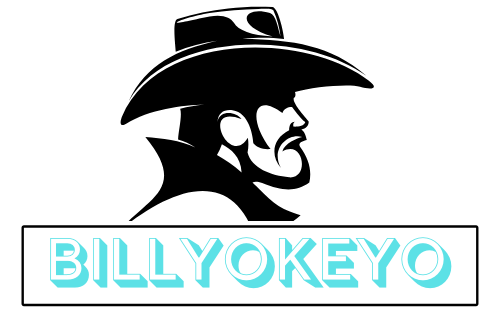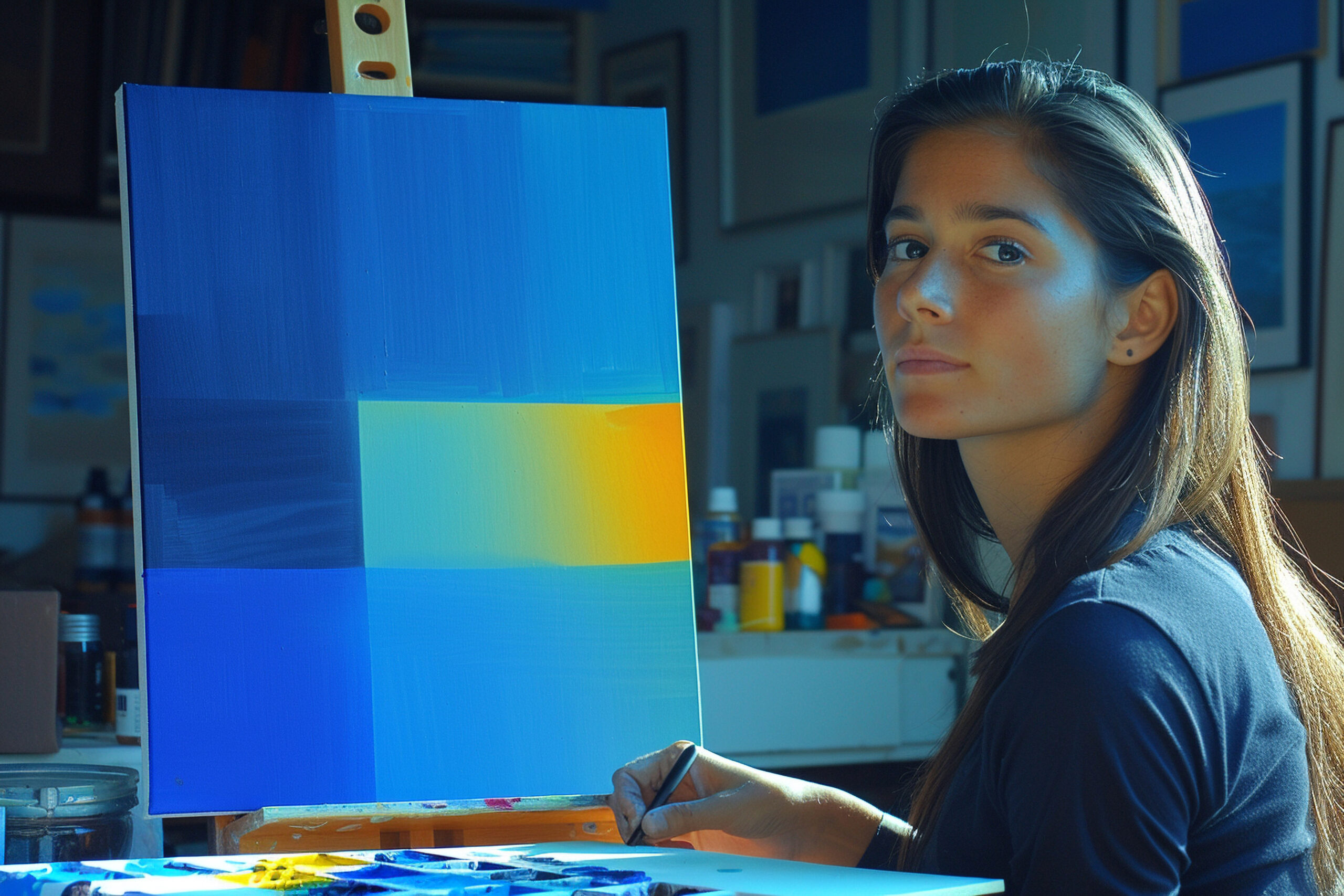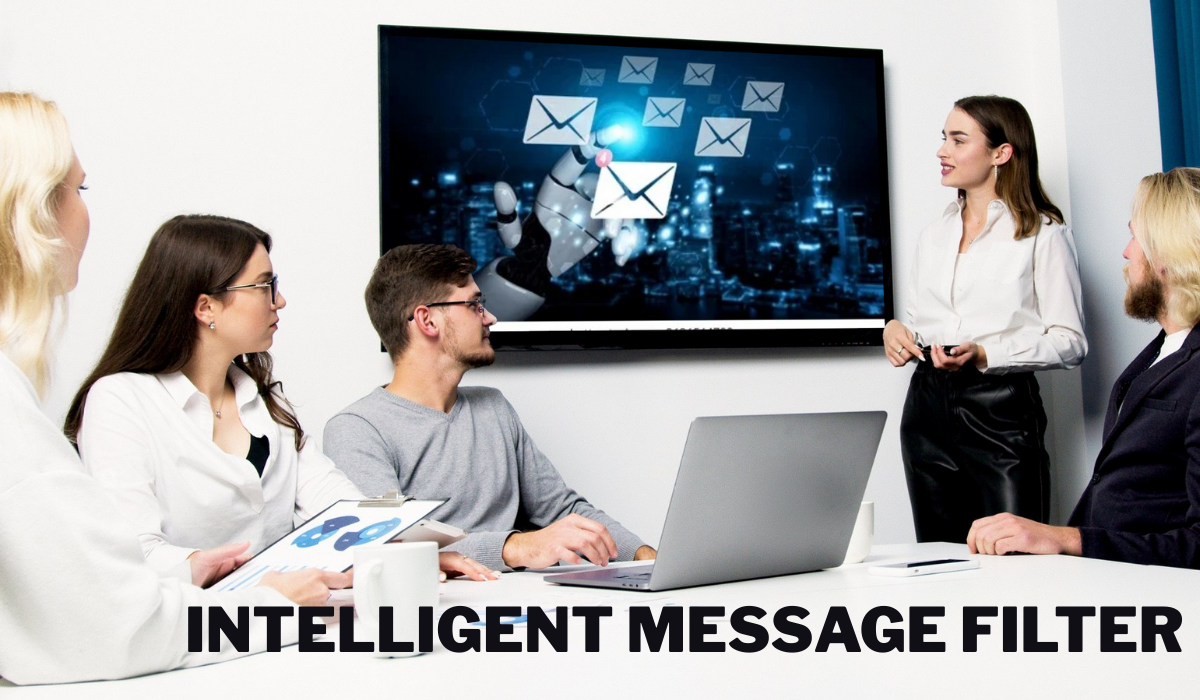In an era where content is king and innovation reigns supreme, remaining visually inventive is no longer a luxury—it’s a must. Before a single word is read, a brand’s visual identity says volumes through logos, social media postings, packaging, and websites. Enter AI art generators, a powerful technology that is changing the way we approach design and branding.
With AI art generators, businesses are no longer limited by traditional creative boundaries. These tools provide rapid, scalable, and highly personalised solutions, allowing marketers to create appealing images with unprecedented ease. However, this is more than just a trend. It’s a paradigm shift in how we approach innovation, aesthetics, and storytelling in business.
1. Visual Content is Becoming Increasingly Important in Branding
Today’s internet customer wants visually appealing experiences. First impressions matter, whether they are on an Instagram feed, a website homepage, or a product label—and they happen quickly. According to studies, visual content enhances the desire to read by 80%. That is why brands invest extensively in design aspects that directly address their target demographic.
However, traditional design processes have limitations, including time, expense, and the necessity for professional experience. AI art generators provide an alternate approach. These platforms utilise machine learning to recognise artistic patterns, user preferences, and brand aesthetics, allowing them to generate breathtaking pictures in minutes.
2. What makes AI Art Generators Unique?
AI art generator don’t just use filters; they generate art from scratch. Users can create creative pictures in a variety of artistic genres, from surrealism to hyper-realism, by entering a word prompt or reference image.
Here’s what separates them:
- Speed: Traditional design workflows typically take several days or weeks. Artificial intelligence reduces this to minutes.
- Scalability: Need a hundred different versions of a graphic? AI can provide them immediately.
- Cost-Effectiveness: Reduces the need to outsource expensive design work.
- Consistency: AI techniques help keep graphic motifs in accordance with brand rules.
AI-generated art enables organisations to address the growing need for fresh content while keeping a consistent visual language.
3. Personalised Branding at Scale
One of the most impressive advantages of AI art generators is their capacity to produce personalised material on a large scale. Due to their heavy workloads, traditional design firms sometimes struggle to tailor images for diverse customer categories or geographies.
However, using AI, you may create artwork that reflects individual tastes, preferences, or even behaviours. Do you want to customise packaging images for different markets? Or personalise social media designs depending on customer personas. AI makes this type of personalisation possible and efficient.
This level of customisation increases brand relevance and can dramatically improve client engagement and loyalty.
4. Democratising Creativity in Small Businesses
Design has always been reserved for high-end brands. Smaller businesses frequently couldn’t afford in-house designers or premium agency services. AI art generators level the field.
Now, even a solitary entrepreneur or a little store may create high-quality brand images without breaking the cash. From personalised logos to mood boards and product mockups, small businesses may achieve a professional design standard with a few clicks.
This democratisation of creativity is transforming the design scene and providing equal branding opportunities across industries.
- The Impact of AI on Rebranding and Visual Strategy
Rebranding is a time-consuming and complex process. It involves more than simply new logos and colour palettes; it also necessitates a thorough understanding of market positioning, storytelling, and client expectations. AI art generators can aid in this metamorphosis.
Brands undertaking rebranding can use AI to:
- Explore many visual identities rapidly.
- Evaluate how new designs resonate with viewers.
- Experiment with unique artistic styles.
- Create a visual direction based on trends and brand sentiment.
The end result is a more adaptable and data-driven approach to brand evolution.
6. Bridge the Gap Between Art and Function
Great design is not only aesthetically pleasing, but also functional. It communicates, convinces, and converts. AI art generators are evolving to recognise this equilibrium. Newer models use emotional intelligence, tone, and psychological design signals to create graphics that are both artistic and strategic.
This makes them ideal for ad creatives, landing pages, email headers, and other projects. These pictures can direct the viewer’s attention, elicit desired emotions, and ultimately impact decisions.
As AI gets more attuned to marketing psychology, its influence on design effectiveness will only increase.
7. How AI Complements other Creative Technologies
In today’s marketing networks, design is rarely isolated. It is frequently paired with motion graphics, video, and interactive experiences. That’s where the collaboration between AI art generators and video tools becomes clear.
AI Video Generator App Integration
AI-generated images may seamlessly connect with AI video generator app platforms, allowing marketers to transform static art into engaging animations or explainer videos. For example, a business can use AI-generated images as storyboards, then combine them with voiceovers, music, and motion effects to produce video advertising in minutes.
This combination improves brand storytelling across several media, increasing visibility and engagement on platforms such as YouTube, Instagram Reels, and TikTok.
Whether it’s a product launch, tutorial, or behind-the-scenes tale, AI makes the switch from visual to video seamless.
8. Challenges and Ethical Considerations
As with every new technology, the rise of AI-generated art poses concerns. One concern is uniqueness. Since AI models are trained on large datasets, opponents are concerned about copyright and creative rights.
Brands must be aware about where the AI receives its training data, how the graphics are created, and whether commercial usage rights are guaranteed. When using AI tools for branding, transparency and ethical usage should always be a top emphasis.
9. Future Trends in AI-Driven Branding
Looking ahead, AI’s position in branding is projected to develop in the following areas:
- Interactive Experiences: Think of AI art that responds to user input or behaviour.
- Real-Time Customisation: Visuals that change in real time as the user interacts with them.
- Augmented Reality (AR) Branding: AI art might be overlayed in AR surroundings to create immersive brand experiences.
- Emotion-Responsive Design: Designs that adjust to audience sentiment in real time.
These improvements will revolutionise customer involvement, transforming static branding into dynamic, immersive experiences.
Final Thoughts
AI art generators are not a passing fad; they represent the future of design and branding. They provide scalability, personalisation, and creative freedom that traditional approaches cannot match. For both large and small organisations, adopting this technology means staying ahead in a competitive, fast-paced digital environment.
When combined with other creative tools, such as ai video generator software platforms, the possibilities are endless—transforming how brands communicate their identity across all visual channels.
The age of human-machine co-creation is here. And it’s stunningly visual.





